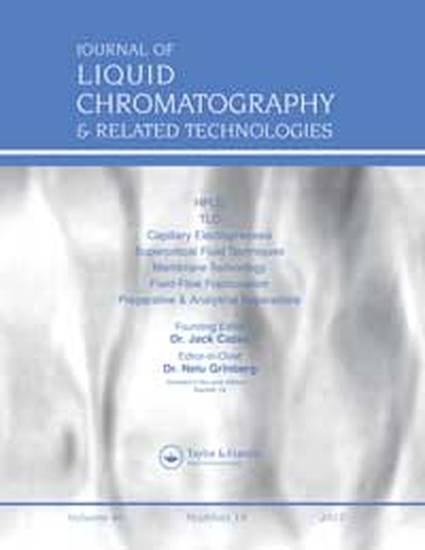
The retention of both underivatized and carboxylated polystyrene latex beads by electrical field-flow fractionation (EIFFF) was investigated using a 2 mM aqueous solution of quinonehydroquinone as the carrier liquid. The quninone-hydroquinone redox couple passes current with less polarization of the electrodes than carrier liquids previously employed. Underivatized beads, ranging in diameter from 0.15 to 0.74 μm eluted in the normal mode, while carboxylated beads larger than 1 μm eluted in the steric mode. Normal mode retention increases with flow rate, probably due to shearing of the polarization layer, which increases the working field. At a constant field and flow rate, normal-mode retention is inversely related to the product of a particle's size and electrophoretic mobility, in accordance with retention theory. Thus, ElFFF can be used to obtain both the size and electrophoretic mobility of particle suspensions.
Available at: http://works.bepress.com/martin_schimpf/44/
